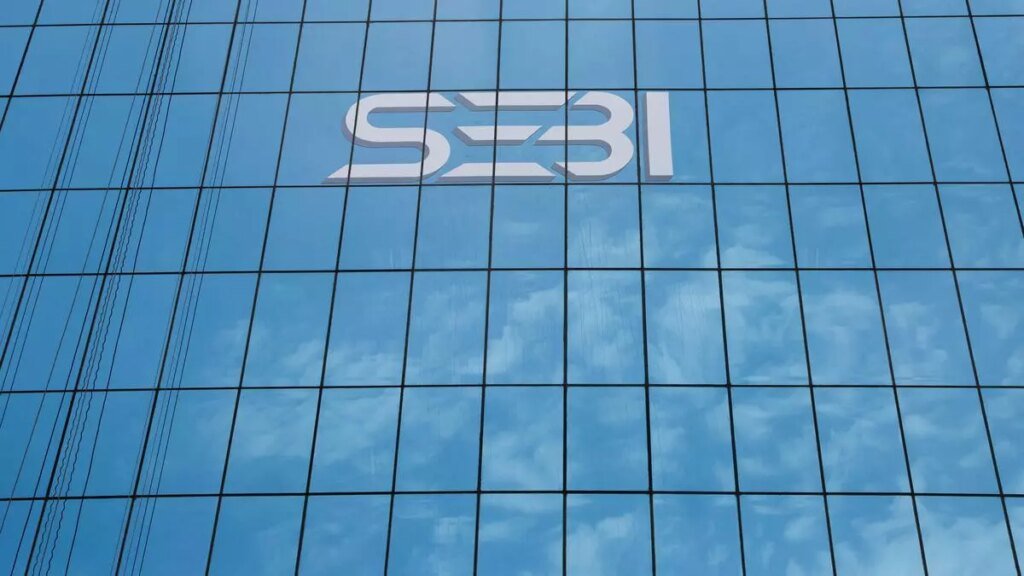

The Securities and Exchange Board of India recently came out with a consultation paper to make SME IPO market foolproof.
According to SEBI, the applicant-to-allotted investor ratio jumped dramatically from 4 times in FY22 to 245 times in FY24. Recently, there have been instances where issue proceeds were diverted to related or connected parties and shell companies, along with revenue inflation through circular transactions involving these entities.
SEBI has observed that in some SME companies, the entity diverted money raised through IPO and subsequent Rights Issue to shell companies controlled by the promoters.
One out of two SME listed entities have undertaken related party transactions (RPTs) of more than ₹10 crore and 20 per cent of companies have undertaken RPTs of more than ₹50 crore, SEBI said. In terms of amount, it was observed that 50 per cent of SME listed entities have undertaken RPTs of more than 10 per cent of their consolidated turnover, and 1 out of 7 more than 50 per cent.
Dozen proposals
To address these issues, SEBI has come out with over dozen proposals in its consultation paper including to double the application size to ₹2 lakh to ensure that only informed investors with sufficient risk appetite and investment capacity can apply.
It seems SEBI has done its homework well before coming out with these proposals that are both procedural and corporate governance-related issues.
“The retail individual participation has increased in the SME IPO over the last few years. Therefore, considering that SME IPOs tend to have higher element of risks and investors getting stuck if sentiments change post listing, in order to protect the interest of smaller retail investors, it is proposed to increase the minimum application size from ₹1 lakh per application to ₹2 lakh per application in SME IPO,” SEBI noted in its consultation paper.
This may pose systemic risks in managing the funds raised by SME-listed entities, SEBI observed.
Another importatant suggestion is to discontinue proportionate allotment in case of NII category and “draw of lots” allotment to be introduced, as in the case of mainboard IPOs. NII category may be further divided into two sub-categories: up to ₹10 lakh and above ₹10 lakh.
Increasing the investor base is another key proposal. The current regulation requires that for an SME public issue to be considered successful, there should be a minimum of 50 allottees in public issue. The consultation paper mooted the number to be increased to 200.
Another proposal is the offer for sale in SME IPOs should be restricted tp 20 per cent Issue size. The consultation paper is also for appointment of monitoring agency if fresh issue size is higher than ₹20 crore to check the misuse of fund raise. Monitoring agency will acts as an independent agency who will certify on utilization of proceeds and will ensure funds are used for the purposes disclosed in the offer document, thus reducing the risk of misuse ordiversion, SEBI reasoned out.
It is observed that promoter holding drops immediately after one year of listing excluding the mandatory minimum promoter contribution of 20 per cent which is locked-in for longer period. SEBI paper suggested to increase the lock-in period to five years so that the promoter does not liquidate their entire holdings post release of lock-in period thereby ensure sustainability and stability of company’s operations.
Repayment of loan of promoter, promoter group or any related party from the issue proceeds will not be permitted. Besides, the paper proposed that “general corporate purpose” of SME-IPO amount will be restricted to 10 per cent of issue size or ₹10 crore, whichever is lower. The face value should also be ₹10 for SME IPOs.
Governance issues
RPT norms under LODR Regulations should be extended to SME listed entities other than those which have paid up capital not exceeding ₹10 crores and net worth not exceeding ₹25 crore. Besides, these firms have to disclose the composition and details of meetings (date, no. of directors present, etc) of board of directors and its committees, as in the case of main board companies.
SME-listed entities may be required to submit shareholding pattern, statement of deviation(s) or variation(s) and financial results on a quarterly basis, instead of the existing requirement of half-yearly basis, at par with the mainboard listed entities, the SEBI paper said.
As this paper has been advocating a tighter norm to tame the frenzy in SME-IPO market, the above proposals hit the bull’s eye. However, SEBI may consider giving some relaxation on minimum allottees of 200. It may either be restricted to 100 or allowing exchanges to decide on case-to-case basis. Very stringent norms should not dissuade genuine companies that wish to raise funds for ambitious growth plans.







